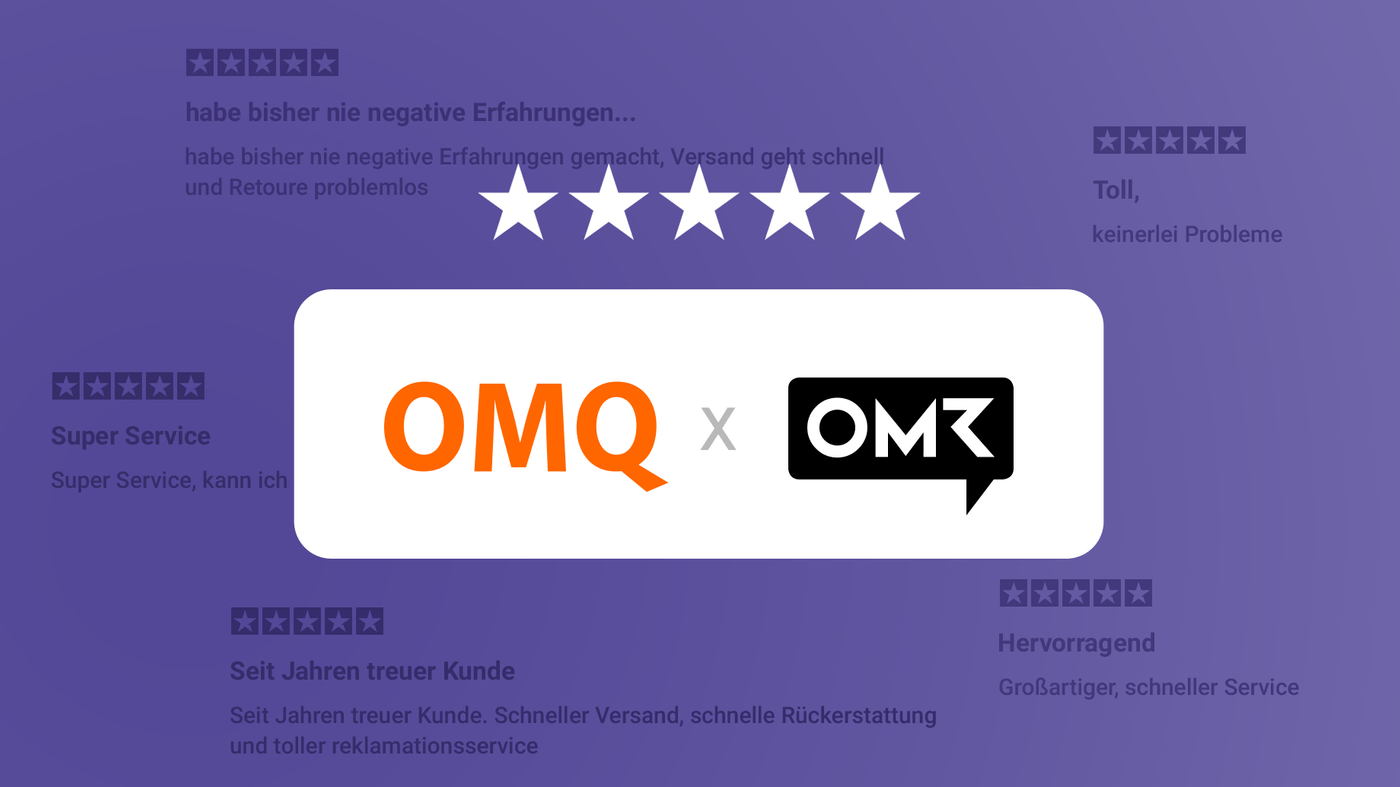How To's
7 techniques to de-escalate angry customers
In this article we give 7 tips to help you answer angry customer requests and make your customers happy again.
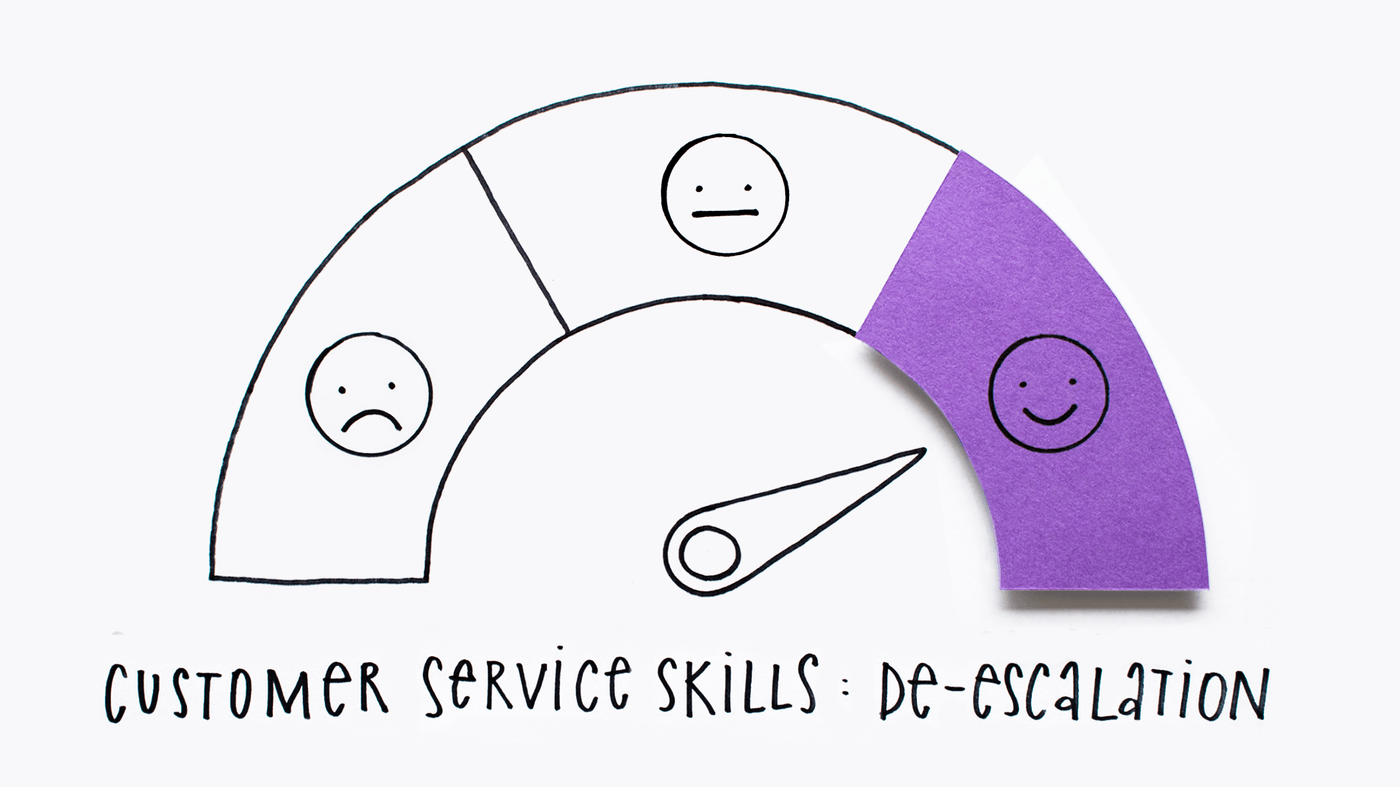
Why is de-escalation important for Customers’ Satisfaction?
Angry or frustrated customers turn to a tirade of mean treatment and unreasonable behavior against customer service representatives, plus leaving bad reviews of the company. Knowing how to handle these bursts successfully can make a big difference when it comes to gaining a loyal and satisfied customer, or a frustrated detractor.
Correct information to lead them to the right path and timely answers is not enough, as it is also important to provide that information in a soothing and understanding manner that makes the customer feel understood and valued. This means that it all comes down to how good your team’s customer service skills are.
Customer service skills: De-escalation
One big chunk of what customer service jobs entail is to effectively communicate with the customer. Which means listening, understanding and then answering accordingly. Those are the foundations. Yet to build a solid customer service experience, there is an additional but very important skill: De-escalation
According to Oxford Dictionary, de-escalation is easing the intensity of a conflict or violent situation, which is what we are presented to when handling an angry or dissatisfied customer.

Coaching your agents in deescalation skills takes care of them and your customers.
It is common practice to include verbal de-escalation training for agents at their recruitment process, where they learn how to properly deal with a big range of situations and types of customers. Tone of voice, way of delivery and how to formulate the sentences are just a few points that training touches on.
All of this also changes depending on the industry in which they are going to work, as the interaction is not going to be the same when dealing with a customer in a bank compared to a customer in a retail store. This last one, for example, tries to avoid the use of negative sounding words such as problem, unfortunately, and can’t, among others.
Key Elements of an empathetic answer
Empathetic answers are easier to convey for human beings as they arise from our own social nature and training just polishes that innate ability.
It might be hard to pin-point those features that make a soothing answer so comforting and translating them into written messages. However, we have four tips that will help you write and prepare excellent de-escalating answers:
The best way to start a soothing message is by acknowledging their concern, and letting them know it is valid. This also opens the door to offer a solution, as it means you can see where the issue lies and you want to address it properly.
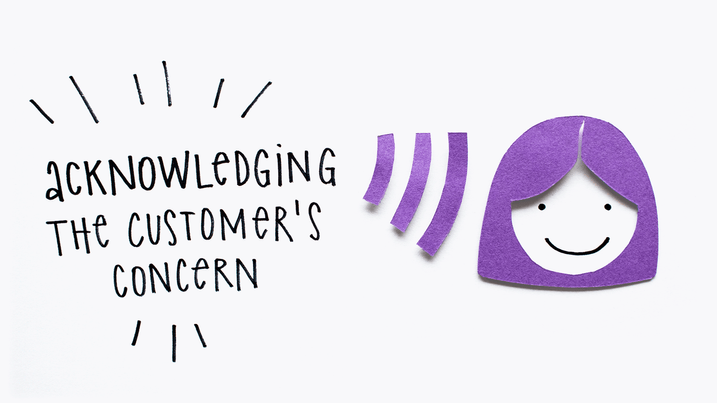
Validating their complaints let’s the customers know they are being listend to.
“I’m really sorry you’ve encountered this issue. Unfortunately, this item is not available at the moment.”
Pro-tip: It is not absolutely necessary to say “I’m sorry”, however, it does go a long way and it is the best way to communicate empathy as well as acknowledgement.
When dealing with the issue at hand, it is not only important to guide the customer to the right path, but also give them multiple choices, as not one solution might fit all. This also lets the customer know that you are able to accommodate them, and even prevent further similar issues to arise.
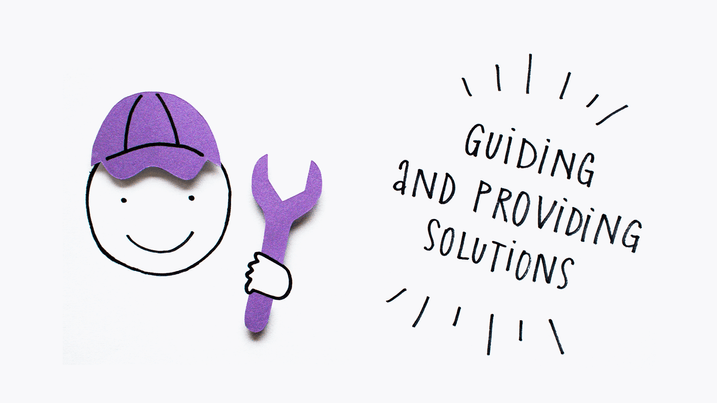
Offering solutions while being understanding reassures and soothes the customers.
”Would you like to receive a notification when it is available again?”/ “Would you like to see similar items?”
Pro-tip: before suggesting any solution, confirm with the customer their concern, for example if it is about shipping address or billing address.
After acknowledging the issue and then giving a range of possible solutions, the next step is to agree on a solution and set a time frame for said solution to take place. It might be tempting to shorten the real duration of the processes or even inflate the scope the solution might bring, because that usually pleases the customer, yet setting false expectations and making false promises will just frustrate and anger the customer even more in the future.
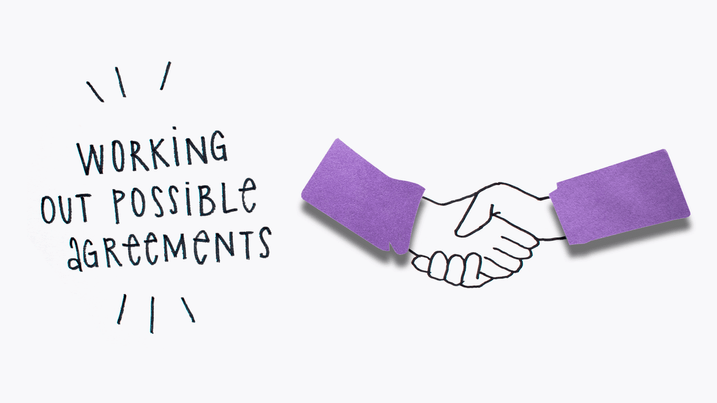
Compromising and working together to solve the issue creates a constructive and trusting relationship with your company.
“We are going to send you an email to notify when it is available again.”
Pro-tip: make sure to repeat the solution chosen, the time frame as well as the next steps you will take.
The ideal situation and resolution would be to have everything solved with just one call or contact with customer service. To ensure you cover your bases in this area, it is best to go the extra mile for the customers and ask whether there is some other issue or question they would like to get handled. This means, do not close the contact immediately after the request is solved, ask if you are of any further help and then close contact.
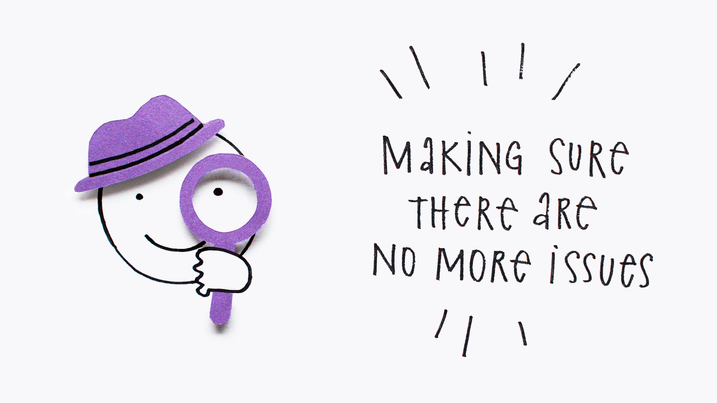
Addressing any other question decreases the possibility of a future more angry call.
“Is there anything else I can do for you?”
Pro-tip: when closing contact, remind the customer which service channels are available for them if something else arises, and communicate it was a pleasure to be of help.
The most useful communication channel that gives the customer the freedom of finding answers on their own is the help page. By improving it you can give better service experience and avoid angry customers, therefore avoiding situations to de-escalate. A good help page must be legible, with clear categories and up-to-date with the most frequently asked questions.
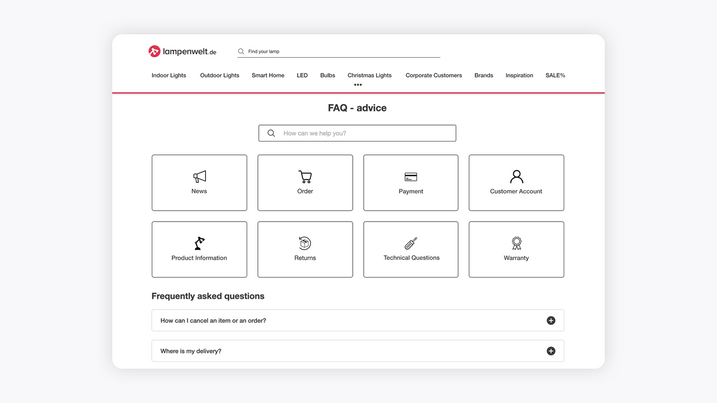
Organized categories in OMQ Help.
Pro-tip: optimize your help page by integrating AI-based software, such as OMQ Help that automates the help page by tracking recurrent questions in real time, organizing top questions according to the trends and filling the search bar automatically based on a few keywords.
Customers who use direct communication methods are already frustrated and expect a prompt resolution. A great way to decrease the amount of angry customers in your lines is to avoid the situation escalating. You can do this by integrating self-service options to those more direct communication channels.
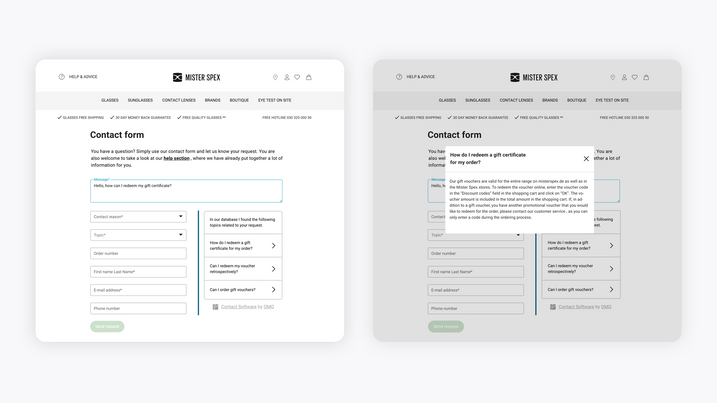
Real-time answers in the contact form with OMQ Contact.
Pro-tip: Answer the questions automatically before receiving a ticket by adding a self-service option to your contact form with OMQ Contact. It answers questions automatically in the contact form by matching the request to the questions in the knowledge base and showing them with their answers in a sidebar next to the form. The customer gets the answer they were looking for before even sending the request to the ticket system.
Making someone who is already upset wait even longer to finally get a resolution does not help with the ultimate goal of diffusing and solving the issue at hand. To shorten that long waiting time in more time-consuming communication channels, such as an email inbox, it is crucial to have an efficient workflow. Automating the answering process reduces the waiting times, therefore tends to the customers’ needs in a timely manner. This decreases the volume of angry customers that will be in direct contact with your customer service agents, so there is no need for a de-escalation technique from their part.
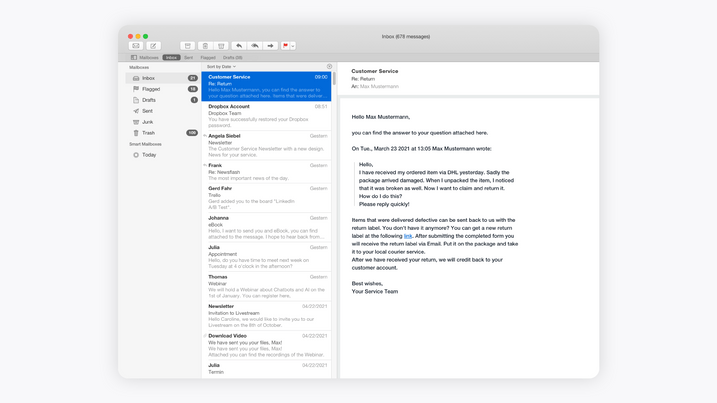
OMQ Reply answering questions in the inbox automatically.
Pro-tip: Automating the answering processes of email inbox with AI-based software is the best way to save time. OMQ Reply opens and reads the incoming emails, understands the customers inquiries and matches them with the appropriate answer. OMQ Reply has ready-to-go answer templates and composes the reply email to send it automatically.
Advantages of the OMQ system
The OMQ system offers an easy and fast implementation, and it works right out-of-the-box. It supports more than 30 languages and automates answers in ticket systems, help pages, email inboxes, contact forms and chatbots. Our automation services can also provide your company with the following advantages:
- Empathy does not depend on the agents’ mood
- Instantly distributing updated information
- Providing reliable customer service 24/7
- Handling high volume of customer requests
If you have any questions or would like to know more about our products or OMQ in general, feel free to message us! :)

